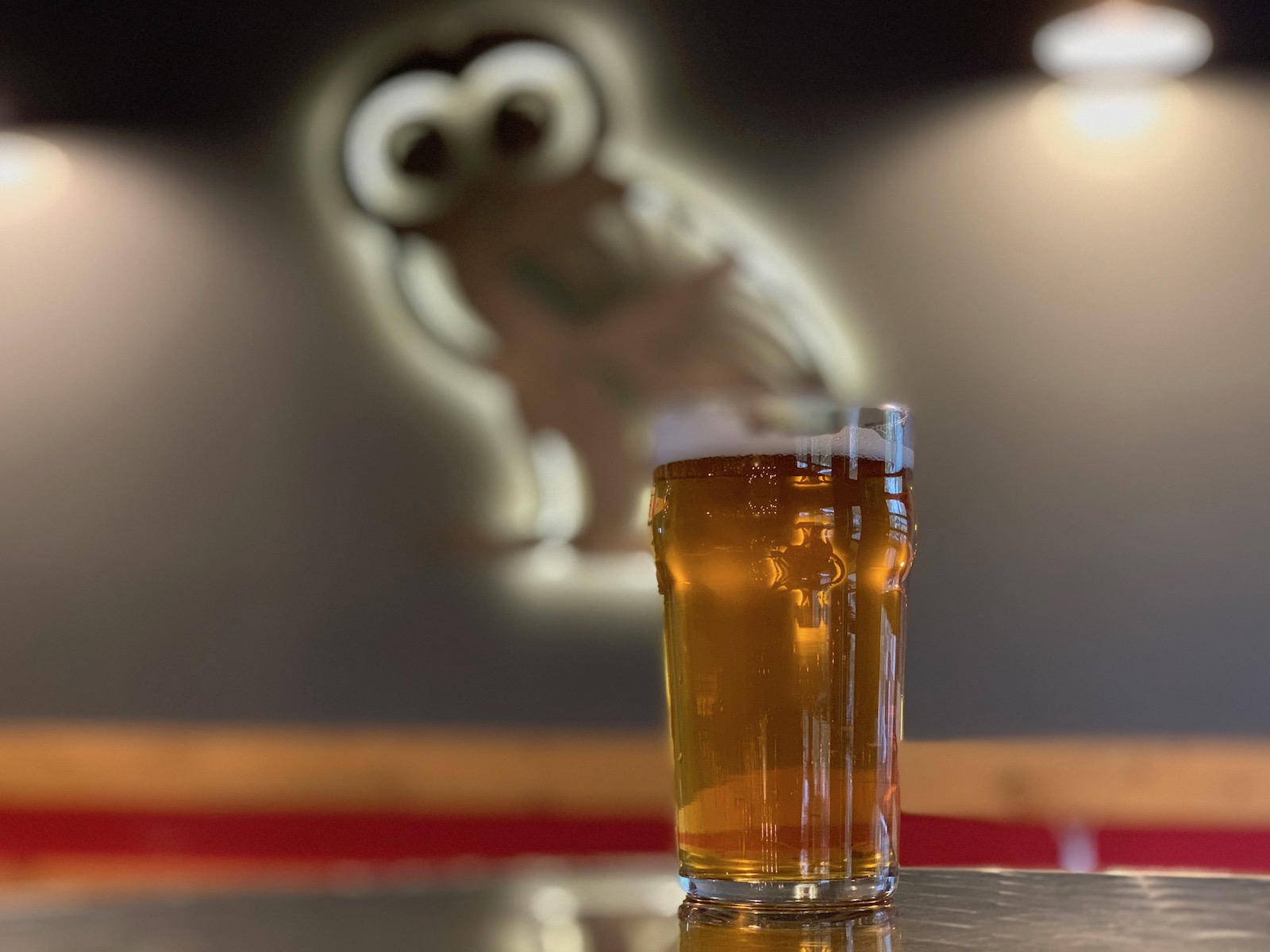The Local newsletter is your free, daily guide to life in Colorado. For locals, by locals.
Wine lovers, IPA apostates, dislikers of sweet things, effervescence enthusiasts: There’s a new brew in town—the brut IPA—and it’s perfect for you.
Bruts are different. These sippers are as dry as, well, brut Champagne, which is the least-sweet style of the sparkling wine. And they’re perfumed with hops, not punched with them. If the hazy, juicy, New England-style IPA pushes the envelope in one direction (fruity hop flavors, no bitterness, the beer equivalent of a tiki cocktail), then brut IPA is Hazy’s elegant younger sister.

The brut style, which began in the Bay Area just within the last year, is now beginning to emerge along the Front Range; to date, only a handful of local brewers craft them. But that will soon change.
“We haven’t been able to keep it on tap. It goes too quickly,” says Ryan Kilpatrick, co-owner and brewer at Fiction Beer Company in Denver. “We have people come into the tap room and ask, `What is that? Ok, I guess I’ll try it.’ And they have two pints in ninety minutes and say, `Where did my beer go?’ You almost don’t notice how easy it’s going down.” To the gulpers, slow down. The booze quotient is pretty much the same as an average craft ale, falling somewhere between six and 7.5 percent.
Brut’s style revolves around sugars—in this case, their absence. As beer geeks know, yeast can only devour so much sugar during its alcohol-generating feeding frenzy, and it never quite consumes the last bits due to quirks of chemistry. With brut IPAs, brewers add what is essentially a digestive enzyme, called amylase, to the process, which degrades the residual sugar into forms that yeast can ferment.
Using this enzyme is relatively novel for brewing, but the chemistry is straightforward. The more difficult part for brewers is nailing the style, which is so new it doesn’t yet present a typical profile.
“The balance for the hops is tough to figure out,” says Tom Horst, the owner and brewer at Crystal Springs Brewing in Louisville. For his I Am Brut beer, Crystal Springs’ third attempt at a brut, he used about three pounds of hops—a mix of Citra, Mosaic, and Nelson Sauvin—which is about twice as much hops as most beers require. “I think this one works,” he says. “I love it.”
The brut approach is entirely experimental for now at Sanitas Brewing Company in Boulder, where owner-brewer Mike Memsic has released a handful of batches. The brewery tapped its latest rendition a few weeks ago. “We can’t go into full production with this yet. We want feedback from staff, from consumers. It’s a heavy R&D project for us,” Memsic says. “What’s tough now is I don’t know what it’s supposed to taste like. Some are hop explosions, some are very light.”
What brought him to brut in the first place? Hazy, that’s what. Brewers across the Front Range are going nuts for the style—the “juicy, hazy IPA” category received more than 400 submissions during the Great American Beer Festival this year, making it the most popular category—but Memsic finds Hazy shallow. Messy, even, with all of that suspended particulate fogging-up pint glasses. When he read about brut, he immediately began experimenting.
It took just one attempt for Four Noses Brewing Company in Broomfield to brew a brut, called Bubblin, that made them proud. It’s on tap in the brewpub, and for sale in cans across the Front Range. The beer’s success compelled Four Noses to commit to more exploration of the style, with the goal of releasing different iterations in coming months.
“We are having a big problem with keeping up with demand,” said Four Noses marketing director Stacey McMahan. “It’s the new playground for IPA brewers.”
And for fans of anything but West Coast-style IPAs (the piney, citrusy bitter bombs we all understand), brut is a very tasty ride.








